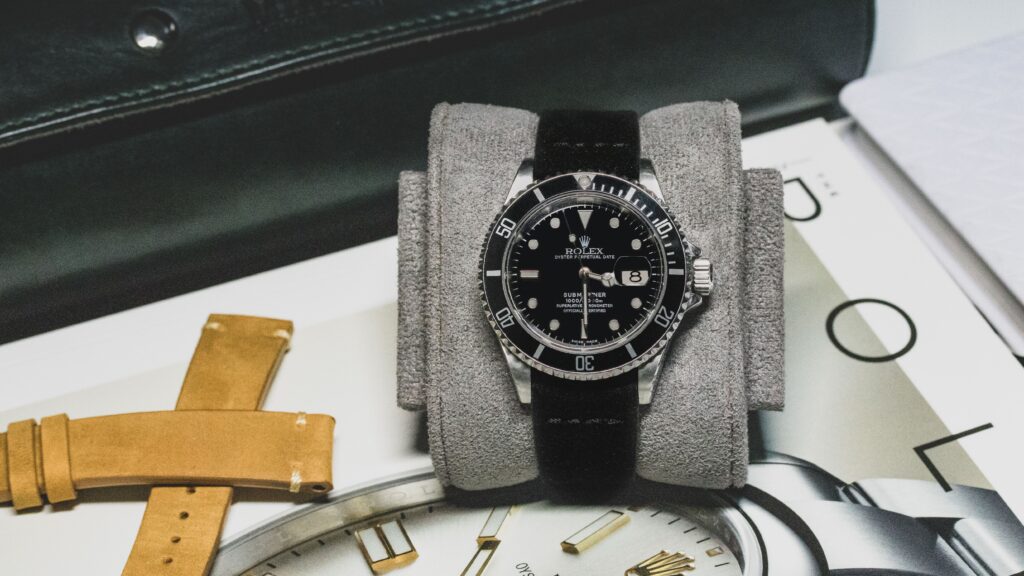The Evolution of Watch Straps: From Leather to Modern Materials

Watch straps have come a long way since the early days of timekeeping. From humble beginnings as simple leather bands, watch straps have evolved to include a wide variety of materials, designs, and functions. In this article, we will take a look at the evolution of watch straps, starting with early leather straps and tracing their development over time to the use of modern materials like rubber, nylon, and silicone.
In the early days of timekeeping, watches were worn as pocket watches, and were carried in the pocket by a chain. As watches became smaller and more portable, they began to be worn on the wrist. The first wristwatches were often worn on leather straps, which were both durable and comfortable. Leather straps were also relatively easy to manufacture and could be made from a variety of materials, including calfskin, alligator, and crocodile.
However, as time went on, watchmakers began to experiment with new materials and designs. One of the first major changes to the traditional leather strap came in the form of metal bracelets. Metal bracelets offered a number of advantages over leather straps, including durability, adjustability, and a more formal appearance. They were often used for dress watches and were popular among men. (Shop Leather Straps)
As the 20th century progressed, new materials began to be used in the manufacture of watch straps. Rubber straps, for example, became popular in the 1960s and 1970s, as they offered a sporty look and were comfortable to wear. They were often used on diving watches and other sports watches, as they were resistant to water and sweat. (Shop Rubber Straps & Sailcloth Bands)
In the 1980s and 1990s, new synthetic materials like nylon and silicone began to be used in the manufacture of watch straps. These materials offered a number of advantages over traditional materials, including durability, flexibility, and resistance to the elements. Nylon straps, for example, are often used on military watches, as they are lightweight, durable, and comfortable to wear (Shop our wide selection of NATO) Silicone straps, on the other hand, are often used on sport watches, as they are water-resistant and have a softer feel than rubber.
Today, watch straps are made from a wide variety of materials, including leather, metal, rubber, nylon, silicone, and even wood and bamboo. Each material has its own unique characteristics and is used for different types of watches. Leather straps, for example, are still popular among luxury and dress watches, while rubber and silicone straps are often used on sports and diving watches.
In recent years, watch straps have evolved to include a number of new features, such as quick-release mechanisms and interchangeable straps. Quick-release mechanisms make it easy to change the strap on a watch, while interchangeable straps allow the wearer to switch between different straps to suit their mood or occasion.
In conclusion, the evolution of watch straps has been a fascinating journey, from the early days of leather straps to the use of modern materials like rubber, nylon, and silicone. Each material has its own unique characteristics and is used for different types of watches. Today, watch straps are more versatile than ever, with a wide variety of materials, designs, and features available to suit every taste and need.
